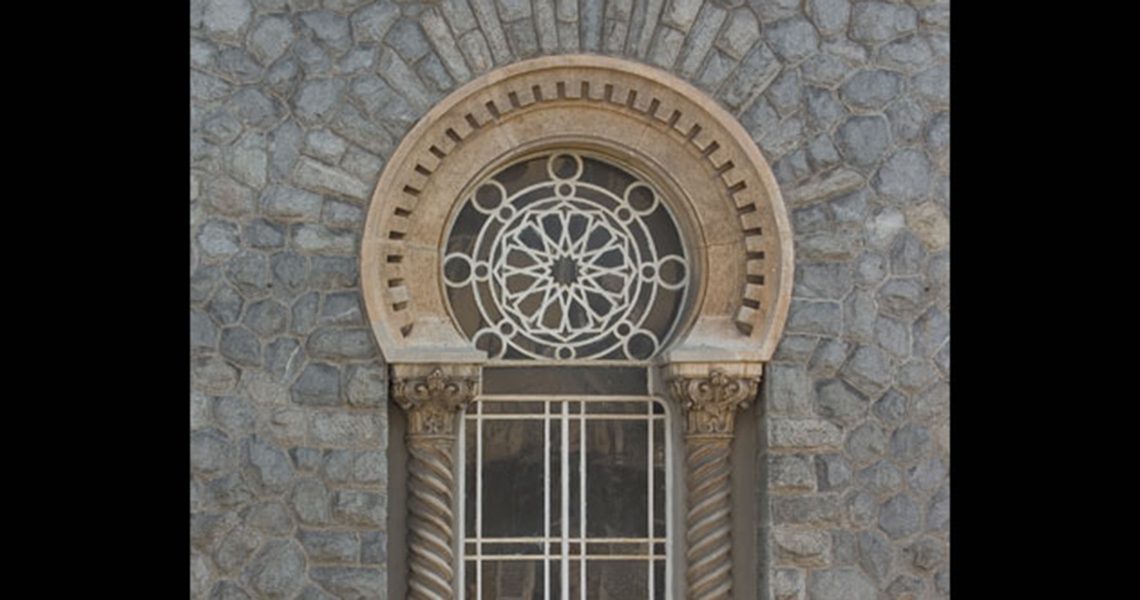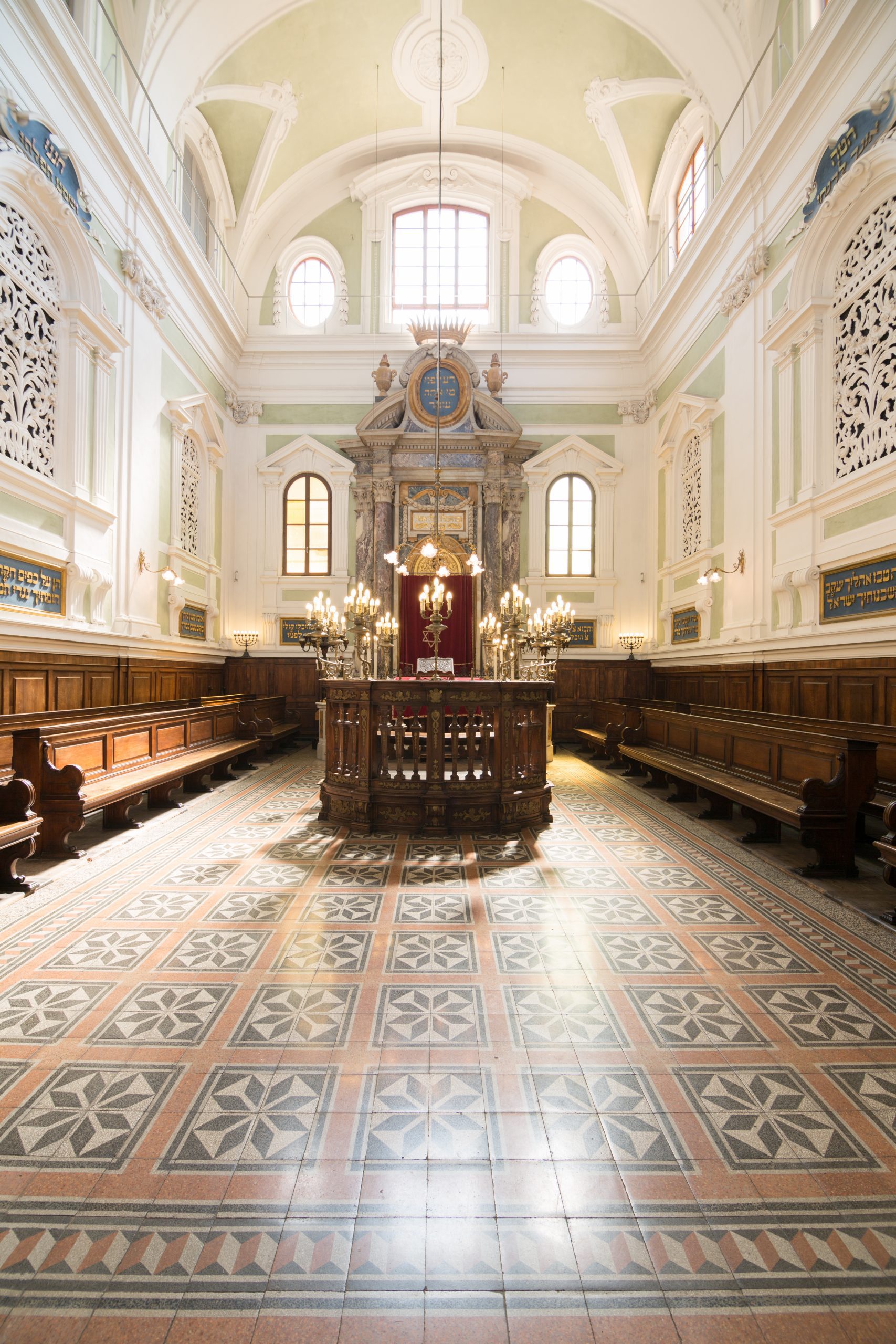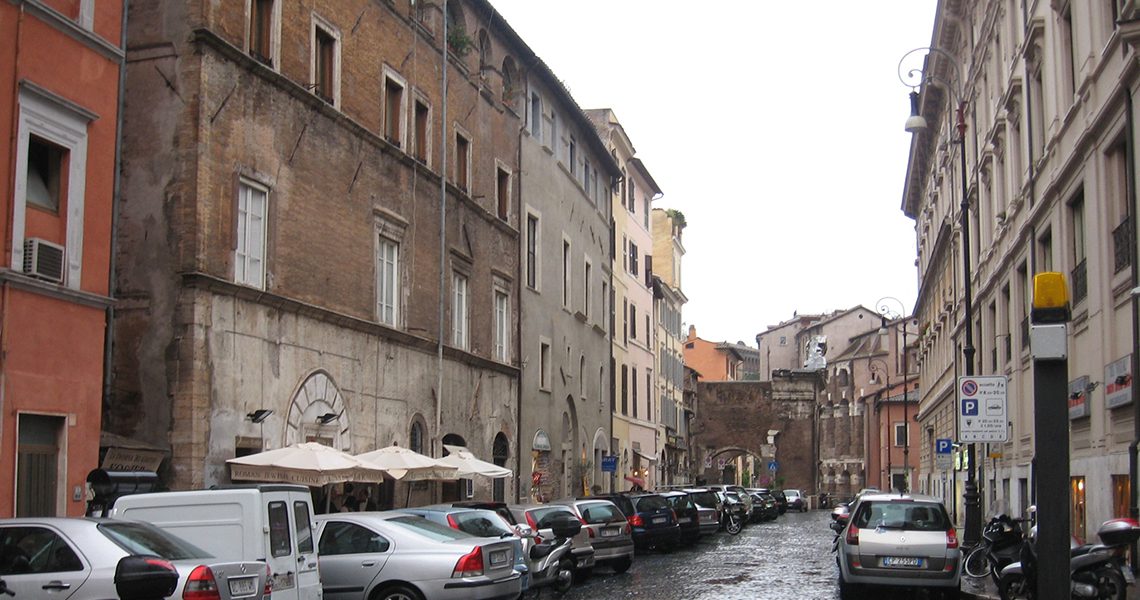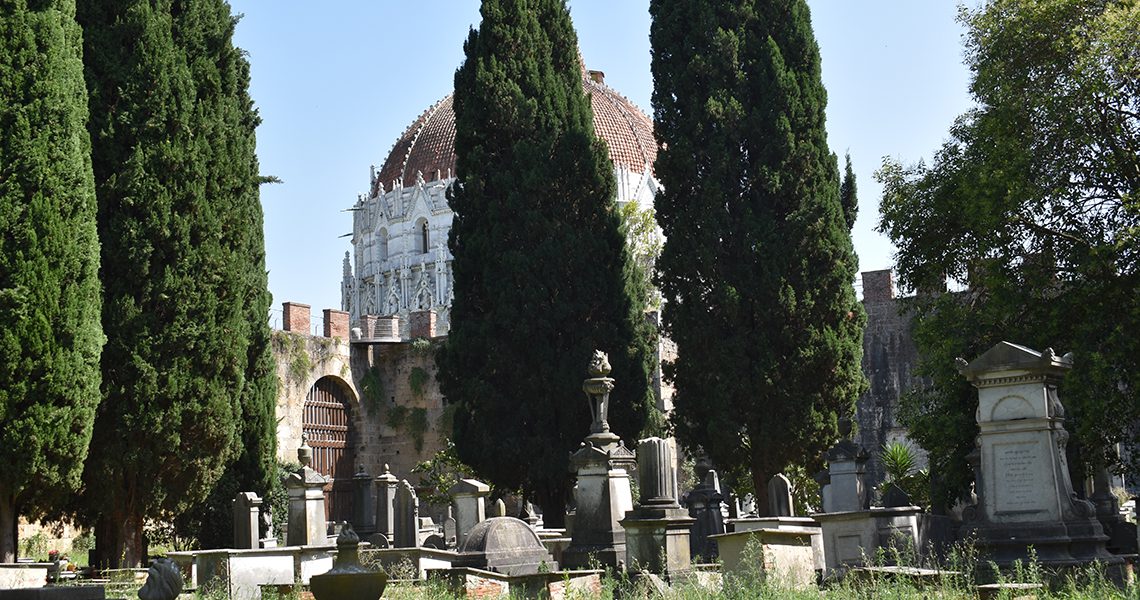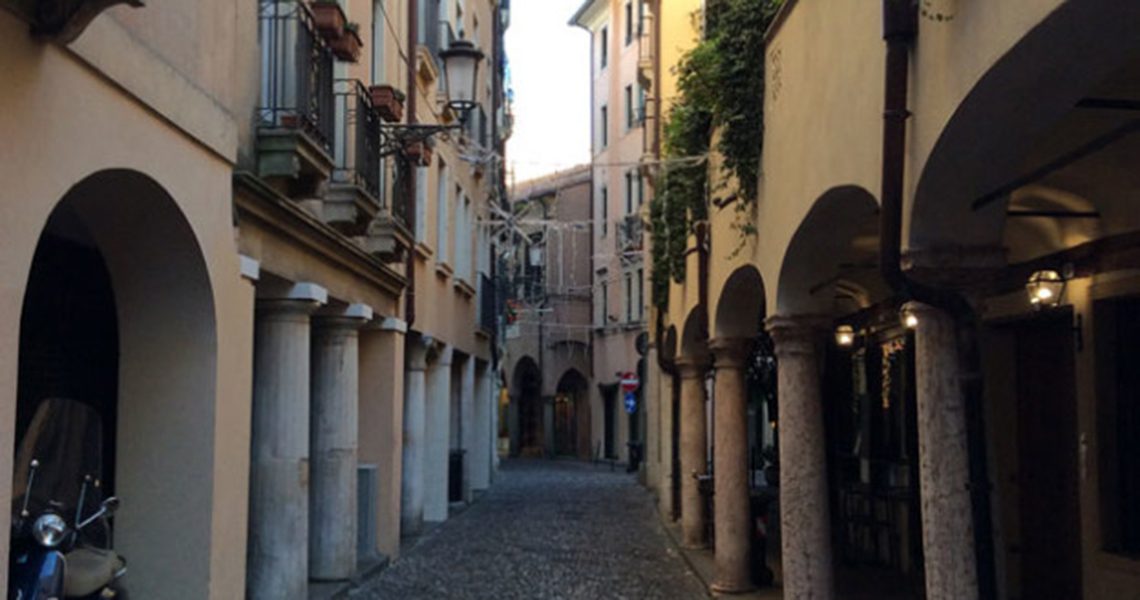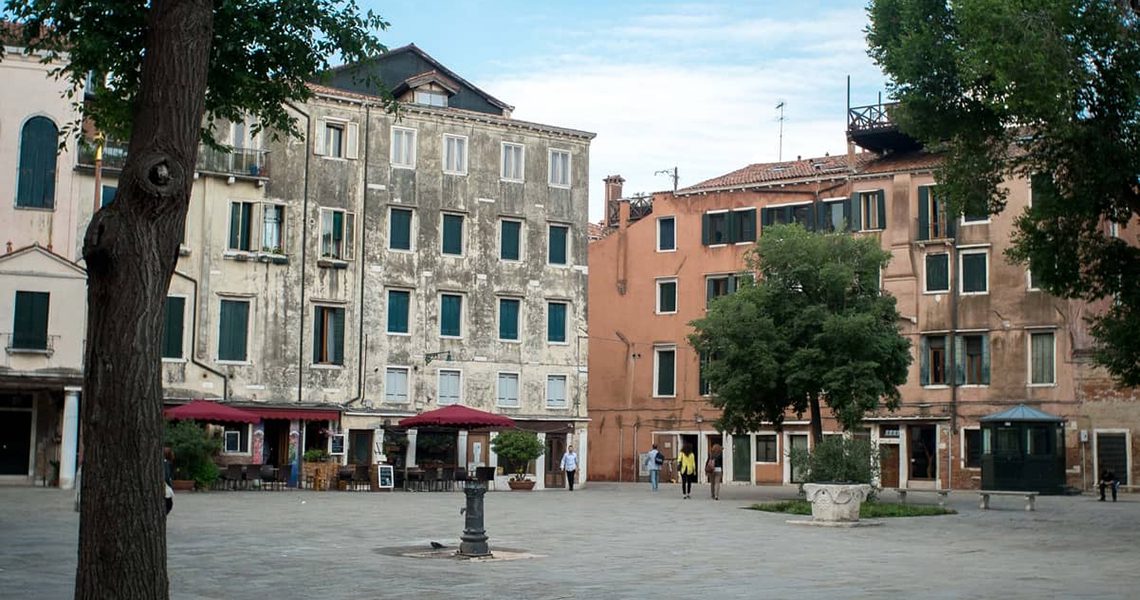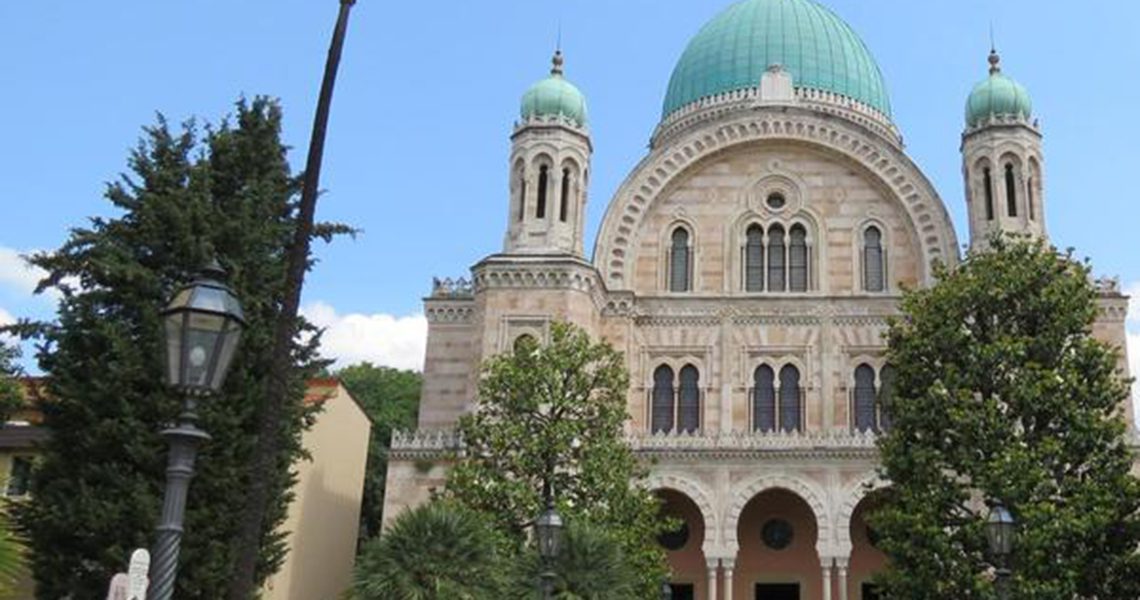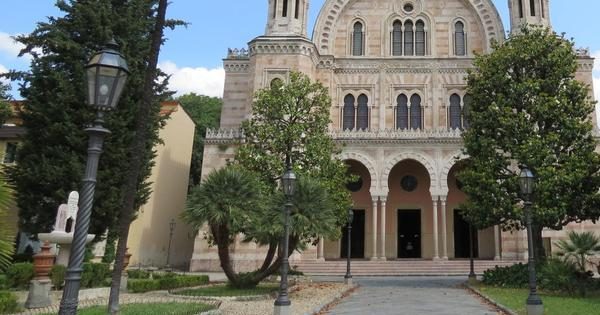Jewish Heritage Route Italy – Turin
A small group of Jews had settled in Turin from 1424, a little later than elsewhere in Piedmont.
Since then, Jews have always lived in Turin. Jewish life was governed from 1430 by the ‘Savoy Statute’ introduced by the Duke of Savoy, Amedeus VIII. Although, on one hand, these laws did grant some concessions, on the other, they also introduced restrictions. The Community gradually grew up – especially after the capital of the Duchy was transferred here in 1563 – and it became soon the major of the Savoy country. In 1679 it was decided a ghetto should be created in Turin. This was the first and only ghetto in Piedmont until 1723.
The Emancipation arrived in 1848. The ghetto emptied and in the euphoria of the acquired freedom, the Jews decided to express their new status by building a monumental synagogue intended to celebrate the full integration in civil society and to embody their presence in the city. In 1859 the Community engaged one of the leading architects of the day, Alessandro Antonelli, who begun the construction. But over the years he modified the design until the Community was no longer able to afford the costs. Just in 1877 the Municipality acquired the uncomplete building and carried out the work only several years later, making the present-day symbol of Turin: the ‘Mole Antonelliana’. Between 1879 and 1884 the Community built the present-day synagogue which still embodies the center of the Jewish life in Turin.
It hosts the main Temple and two smaller oratories, furnished with meaningful historic artifacts; besides them, a rich library, the historic archive, the Community offices, the Jewish school and the rest home. Although heavily modified, it is still possible to walk around the two buildings of the former ghetto, just close to the main historic palaces, museums and attractions of the city. Turin is also a good starting point for a more extended tour of the extraordinary neighboring synagogues of the region.

